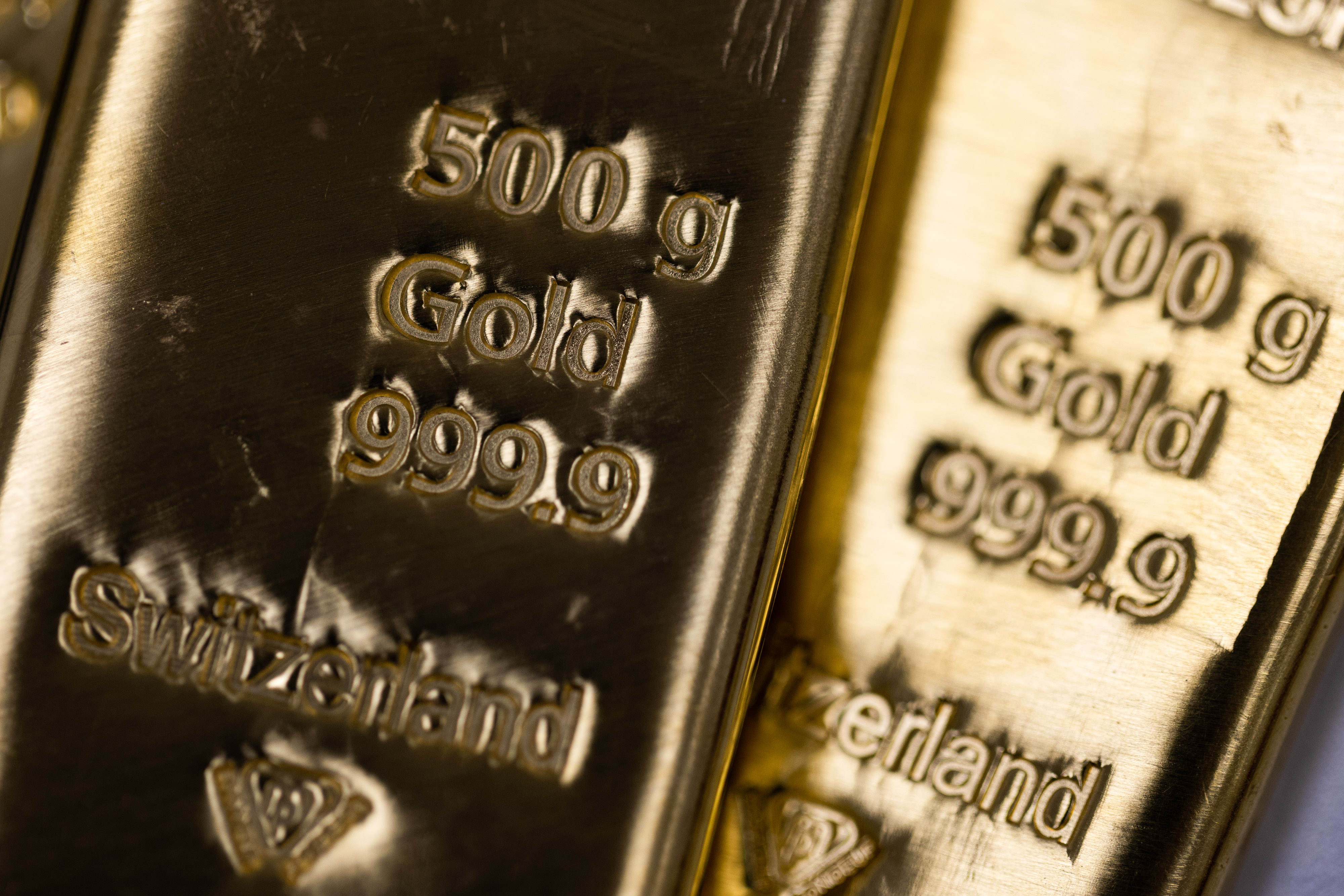It’s incredible to think now that SA was the largest producer of gold for the entire 20th century. SA’s glory year was 1970 when the country produced over 1,000 tons of gold, which was just under 80% of the world’s production at the time. SA lost its lead in 2007 and is now embarrassingly the eighth-largest producer, producing one-tenth of the gold it produced in that landmark year of 1970. Even Mexico now produces more gold than SA.
But given this long history and interest in gold in theory at least, South Africans should have a good handle on the gold price. Over the years, I have written countless articles about the gold price, and they can be summarised as follows: Question: Why is the gold price going up/down/sideways? Answer, also inevitably: I don’t really know.
Question: But surely you must know people who know? Answer: I know lots of people – they don’t really know either. Often they pretend to know, which usefully enables me to suggest I might know through the simple utility of agreeing with the people who pretend to know.
You always know when people want to know something but don’t because they use the key I-don’t-really-know phrases. The I-don’t-really-know phrases are constituted by hedging phrases, like “given no other variation”, “holding all else constant”, or, if you are being particularly fancy “ceteris paribus” (all other things being equal).
The problem with the gold price is that the key levers of price discovery, supply and demand, are present but only in a muted form. The gold price is really a collection of tendencies and is somewhat dependent on factors and markets outside of how much, or how little, gold people want.
For example, because gold can be used as a hedge against inflation, when inflation rises, the value of fiat currencies declines and the gold price goes up. In a related way, higher interest rates make interest-bearing assets like bonds more attractive compared to non-yielding assets like gold. So declining interest rates should tend to push gold prices up.
It’s gone bananas
But inflation and interest rates have their own interaction, usually moving loosely in tandem. You see how complicated this can get very quickly. But we live in a period of strongly declining inflation and if it is true that declining inflation means a lower gold price, then Houston, we have a problem. And that is because the gold price has just gone bananas.
It’s now way, way past historical records. And it keeps breaking new records every day. It’s hard to know what bubble territory is for gold, but something trading at around 70% higher than its five-year average should surely put us broadly in that vicinity. The margins of gold companies, which lagged the general miners for decades, are also now loosely in the same vicinity.
It helps that the big mining companies are mining less gold than they did historically, but not by much. For once, we do have one very clear reason why the gold price is going up: Ukraine. The moment European authorities decided to freeze $300-billion in Russian assets when Russia invaded Ukraine in late 2022, something changed in the gold price dynamic. Gradually since then, central banks around the world have been buying and holding more gold, which has become more useful as a trading tool in countries with dodgy currencies.
Writing in the Financial Times last week, Cambridge academic and economist Mohamed El-Erain put it very directly: “Consistent foreign central bank purchases have been an important driver of gold’s strength”. It’s not just that central banks want to gradually diversify their reserve holdings away from the dollar, but there is also an interest “in exploring possible alternatives to the dollar-based payments system that has been at the core of the international architecture for some 80 years”.
The problem, he writes, is America’s weaponisation of trade tariffs and investment sanctions; a loss of confidence in America’s management of the global order; and a reduced interest in the rule-based, cooperative multilateral system which ironically America played a pivotal role in designing 80 years ago. More immediately, Russia’s ejection from the Swift payments system has created a clunky trade and payments alternative system, which operates in a handful of countries and involves settlement in gold.
El-Erain says the dollar is not being fundamentally challenged, but “an increasing number of little pipes are being built to go around this core”. And that risks materially fragmenting the global system – a phenomenon that Western governments should pay more attention to.
From a South African point of view, now might be a good time to fire up those old gold mines particularly since technically, SA gold reserves are second only to Russia’s. Just think about this for example: those 1,000 tons of gold mined in 1970 would be worth around $88-billion today – around a quarter of SA’s GDP. DM





